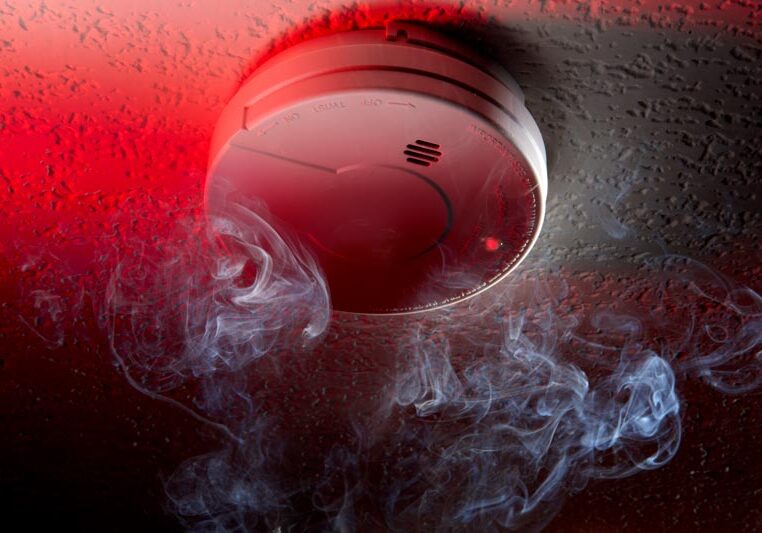Home | Altura Blog |
Fire Safety for Older People: How To Make Sure You Are Prepared
June 20, 2017 | Altura Blog
Topic:
fire-safety
Fires are a serious danger, but those over the age of 65 are even more at risk. According to The Federal Emergency Management Agency, seniors are more than twice as likely to die in a fire as the general population. Once a senior gets over 85, that risk quadruples. So, while fires pose a risk to all of us, it’s important to make sure there are precautions in place to protect seniors in particular in the case of unexpected combustion. Here is some great advice about fire safety for older people to keep in mind.
If you need a place to start, try taking the following precautions.
Fire Safety for Older People: 4 Ways To Make Sure You Are Prepared For a Fire
Precaution #1: Early Detection
While we don’t typically think of them unless we set them off cooking dinner, smoke alarms are the first line of defence when it comes to protecting seniors from fire. These alarms should be tested every few months to be sure they’re working, and everyone in the house should be familiar with how to test them, turn them off, and replace the batteries.
Precaution #2: Location, Location, Location
Seniors often have mobility concerns. While an irritation in day-to-day life, it can be literal life and death in case of a fire. For this reason, it’s important to make sure you place seniors in a location they’ll be able to escape from in case of a fire, and which has multiple means of egress in case one is cut off.
For example, it might be possible for a younger person sleeping on the second floor to unfurl a rope ladder, and climb out of a burning home. For a senior, especially one who might need several minutes to climb a set of stairs, that scenario isn’t going to happen. As such, putting an older person on the ground floor, with a bedroom window that can act as a secondary means of escape if necessary, is a good way to give them a better chance of getting away from a fire.
Precaution #3: Clear Paths
Getting away from a fire is hard enough without also having to navigate a cluttered floor in the dark. While piles of dirty clothes or other detritus might not be a big deal when the sun is up, and someone can easily see where they’re walking, the same is not true in a panic situation. Since a majority of fires start at night, it’s likely older people will have been asleep or resting when they become aware of the threat. Stumbling through the dark, in a building filling with smoke, is challenge enough. Tripping and falling on stuff that isn’t put away is a good way to get injured, or get knocked out, making the fire even more difficult to escape.
Precaution #4: Check Everything Twice
There are a lot of potential fire hazards in any given residence, and the key to keeping everyone safe is to make sure those hazards are avoided whenever possible.
For example, when the temperature drops, how do you heat your home? Fireplaces are a traditional solution, but if there is no screen to stop cinders from flying out of the fireplace, that can be a huge risk. The same is true if you leave your fireplace going, but wander into the other room. Other cold weather risks include space heaters that are too close to the walls, or to flammable objects, or electric blankets that aren’t carefully stored and maintained.
Prevention is the biggest way to avoid the risk of fires, which is why it’s important to identify fire risks, and eliminate as many of them as possible. If a risk cannot be eliminated entirely (we all still need to cook, even though kitchen fires are always a risk), then make sure you have the proper safety precautions on-hand to put out small fires (like chemical extinguishers).
These are just a few of the precautions that should be taken to give older people the best possible chance to escape a fire.


